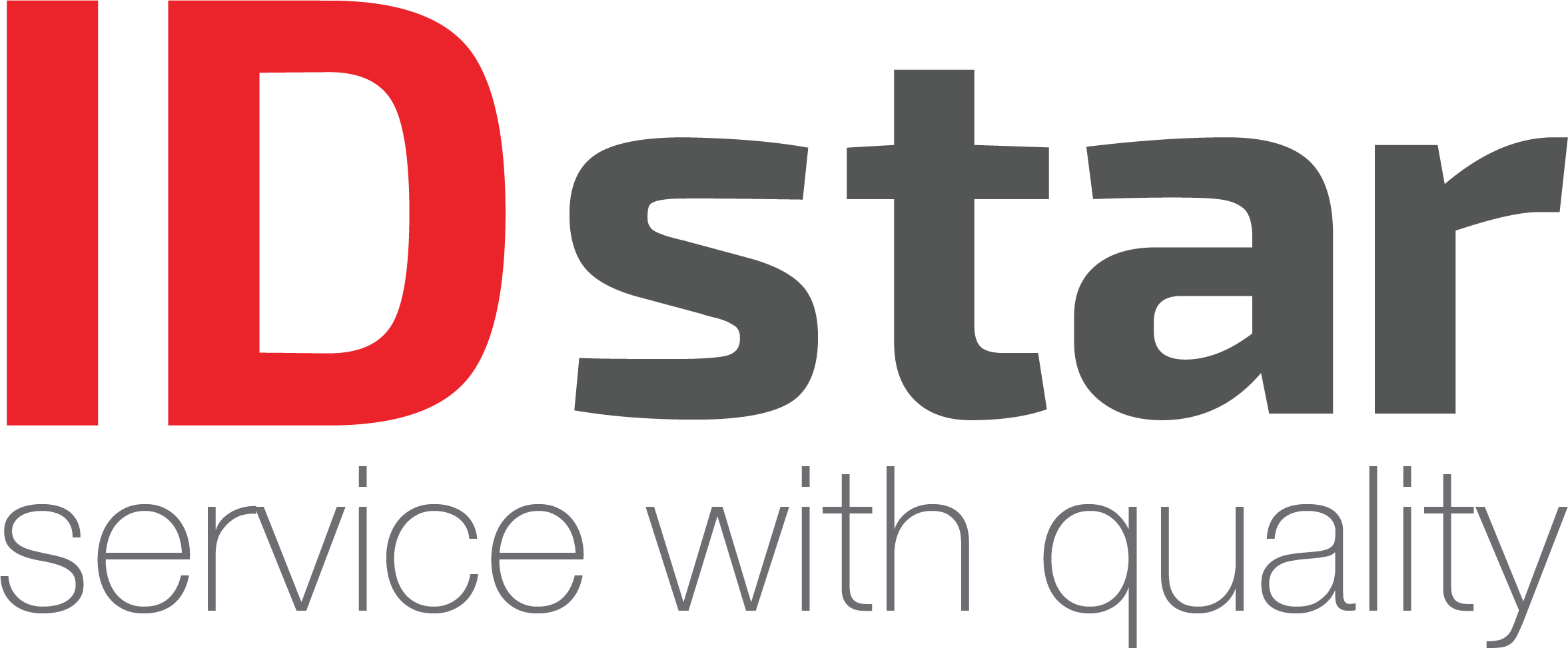Digital transformation has become a cornerstone of modern business strategy for organizations of all sizes. As companies adapt to this shift, many are turning to automation platforms like UiPath to make transformation possible while also addressing broader issues such as inflation, talent shortages, post-COVID impacts, and supply chain disruptions driven by geopolitical events.
Automation connects systems, processes, and people to create cohesive digital workflows. Without it, digital transformation tends to be incomplete, with disconnected tools and manual handoffs adding extra burden to teams.
There are countless supporters of automation’s impact. Jessie Coomber, VP of Operations at ADT, shared how they introduced digital assistants to support customer service teams, technicians, and admin staff—ultimately enhancing processes and improving customer experiences.
Automation also drives real, measurable results. For instance, the UK’s Royal Mail faced revenue losses due to delays in account reinstatements. Automation helped resolve this by handling the process in real-time, saving money and protecting revenue—resulting in over £22.4 million in gains.
These benefits became even more apparent during the pandemic, when automation took on critical roles, such as managing reports so nurses could focus on patient care. Leaders increasingly turned to intelligent automation—integrating AI and other technologies with software robots.
Today, more organizations recognize automation not just as a tool but as a strategic asset. It helps improve business performance in four key areas: reducing costs, driving growth, managing risks and compliance, and enhancing both employee and customer experience.
Companies like Coca-Cola’s bottling company, CCI, have seen this firsthand. CIO and Digital Officer Leyla Delic shared that their early RPA efforts began as a temporary fix, but they quickly discovered the potential to significantly improve internal and external experiences.
This guide showcases how companies around the world are leveraging automation to achieve these results—and beyond. It’s meant to motivate and energize teams to embrace automation. Many pioneers have already paved the way. Now’s your chance to follow and benefit.

 Chat Us
Chat Us